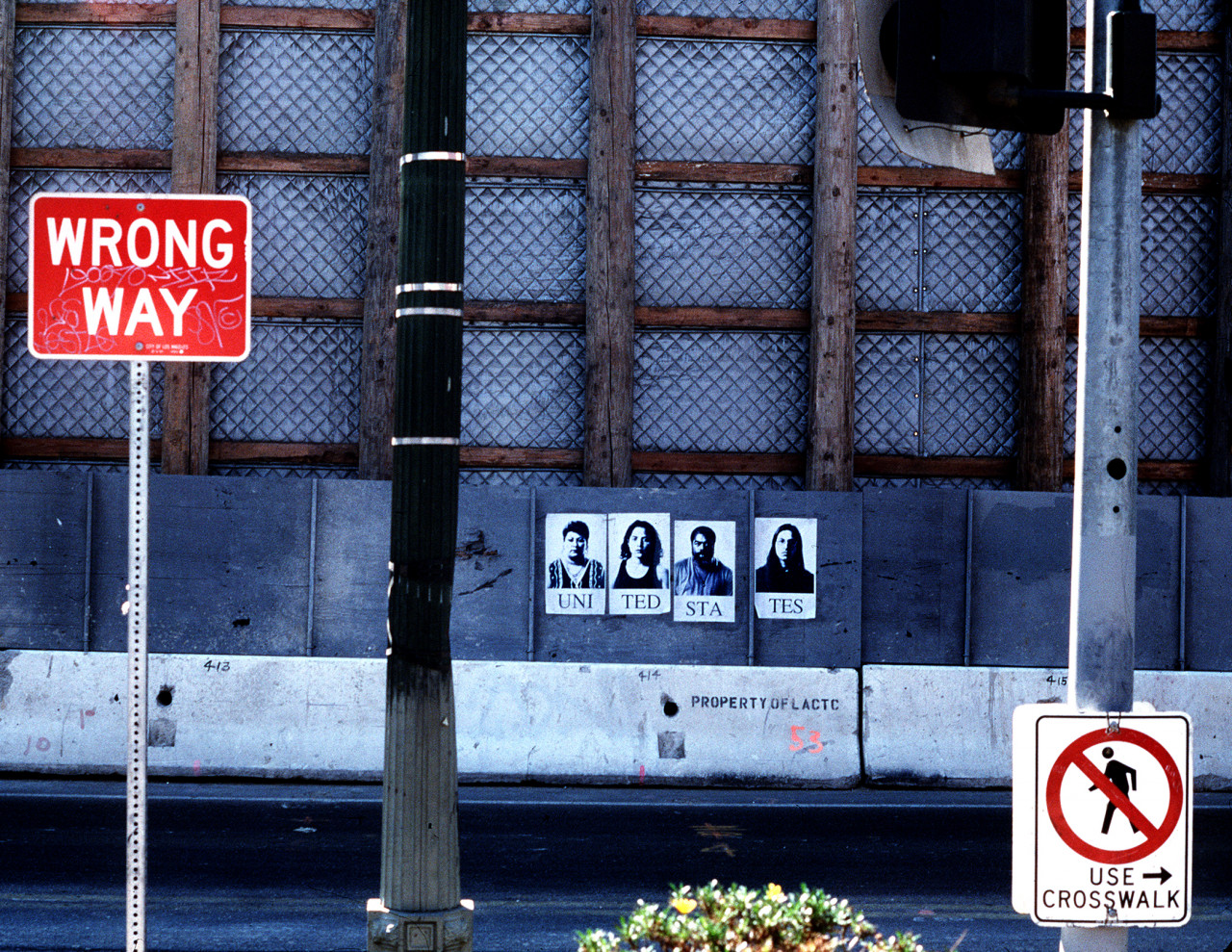March 8 – April 29, 2006
Participants include:
Rey Akdogan, Rheim Alkadhi, Ayreen Anastas, Artwurl.org, Doug Ashford, Julie Ault, Mike Ballou, Martin Beck, Douglas Boatwright, Gregg Bordowitz, Nancy Brooks Brody, Ginger Brooks Takahashi, François Bucher, Nao Bustamante, Kabir Carter, Juan Céspedes, Champion Fine Art, Lynne Chan, Maureen Connor, Alison Coryn, Dean Daderko, Moyra Davey, Liz Deschenes, Discoteca Flaming Star, Leeza Doreian, Lala Endara, Ursula Endlicher, Joy Episalla, Edie Fake, Tony Feher, Fierce Pussy, Kirsten Forkert, Olivier Foulon, Rene Gabri, Meir Gal, Gang, Joy Garnett, Arianne Gelardin, Benj Gerdes, Andrea Geyer, Liam Gillick, Terence Gower, Group Material, Diego Gutiérrez, K8 Hardy, Kira Lynn Harris, Alia Hasan-Khan, Jennifer Hayashida, Sharon Hayes, Carla Herrera-Prats , Kathy High, Wayne Hodge, Ashley Hunt, Annemarie Jacir, Emily Jacir, Maryam Jafri, Bruno Jakob, Gareth James, Jason Jones, Jasmine Justice, Chris Kahle, Sandy Kaltenborn, Munir Kamal Fakher Eldin, Jesal Kapadia, Nina Katchadourian, Susan Kelly, Tianna Kennedy, Ben Kinmont, Ella Klaschka, Silvia Kolbowski, Pedro Lasch, Lasse Lau, Cristóbal Lehyt, Zoe Leonard, Alexandra Lerman, Lin+Lam, LTTR, Kristin Lucas, Joanna Malinowska, Michael Mandiberg, Tara Mateik, Tim Maul, Yates McKee, Julie Mehretu, Lize Mogel, Avi Mograbi, Naeem Mohaiemen, Ken Montgomery, Stephen Morton, Carlos Motta, Carrie Moyer, Felipe Mujica, Ulrike Müller, neuroTransmitter, Angel Nevarez, Not An Alternative, Katherine Oechtering, Ken Okiishi & Nick Mauss, Oui, Sheila Pepe, Jenny Perlin, Katrin Pesch, Cesare Pietroiusti, Eli Ping, Zach Poff, Linda Post, Walid Raad, Anne-Julie Raccoursier, Yvonne Rainer, Jessica Rankin, Kamran Rastegar, Andrea Ray, David Reed, riffRAG (M16, L.N.R., Felix Gatopardo, K’poene), Alex Rivera, Marc André Robinson, Emily Roydson, Katya Sander, Paige Sarlin, Mira Schor, Paul Mpagi Sepuya, Simon Sheikh, Katy Siegel, Jeremy Sigler, Shelly Silver, Xaviera Simmons, Jason Simon, Anton Sinkewich, Nida Sinnokrot, Ania Soliman, The Speculative Archive / Julia Meltzer and David Thorne, A.L. Steiner, Javier Téllez, Valerie Tevere, David Thorne, Lan2 Tuazon, Johanna Unzueta, Rachel Urkowitz, Liselot van der Heijden, Bik Van der Pol, Alex Villar, Visible Collective, Vladimir Volnovik, McKenzie Wark, Hillary Wiedemann, Abbey Williams, Dee Williams, Hans Witchi, Matt Wolf, Nanna Wülfing, Carrie Yamaoka, and others.
Organized by Andrea Geyer and Christian Rattemeyer.

